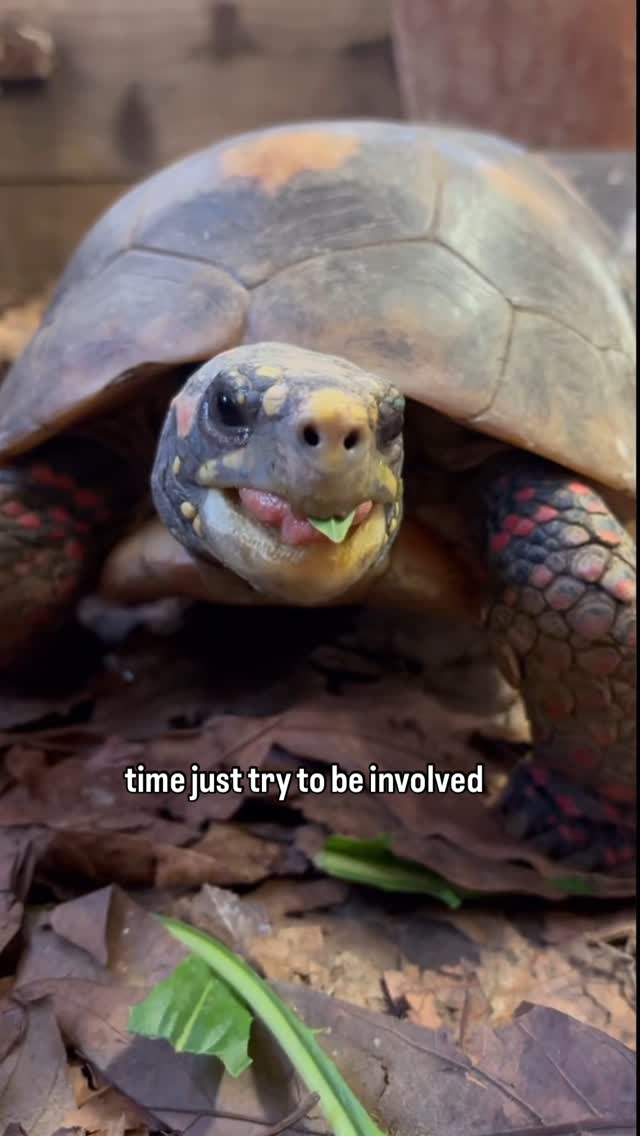- The significance of Peter’s research on sturgeons and its impact on conservation efforts.
- The role of conservation hatcheries in preserving the genetic diversity of endangered species.
- The importance of volunteer work in wildlife conservation and how individuals can get involved.
- An overview of current challenges facing sturgeons and the strategies employed to overcome them.
- The value of interdisciplinary approaches in conservation and the vital contributions of zoologists.
Peter’s recent achievement in earning his PhD is a testament to the dedication required in the field of wildlife conservation. His work, centered around the preservation of sturgeon populations, highlights the importance of scientific research in addressing environmental challenges. Sturgeons, a family of fish known for their distinctive appearance and prehistoric lineage, face significant threats due to overfishing, habitat loss, and pollution. Peter’s research seeks to address these concerns through innovative conservation techniques.
One of the key areas of Peter’s research involves collaborating with conservation hatcheries to maintain and enhance the genetic diversity of sturgeons. These hatcheries play a crucial role in breeding and rearing endangered species in controlled environments before releasing them into their natural habitats. By ensuring a diverse gene pool, the resilience and adaptability of these populations are strengthened, increasing their chances of survival in the wild.
Volunteer contributions are indispensable in the realm of wildlife conservation. These efforts offer critical support to ongoing projects, from field research to public awareness campaigns. Individuals passionate about preserving nature’s wonders have numerous opportunities to get involved. Volunteering can range from data collection and habitat restoration to educational outreach and advocacy. Such activities not only aid in conservation but also provide volunteers with valuable skills and experiences.
Sturgeons face diverse challenges, making the work of conservationists both urgent and complex. Over the past several decades, populations have declined dramatically, prompting researchers like Peter to explore sustainable solutions. Issues such as illegal poaching for caviar, an incredibly lucrative black market, demand vigilant monitoring and stricter enforcement of regulations. Restoration of their habitats, often disrupted by human activities like dam construction, also calls for innovative engineering solutions that allow sturgeons to complete their migratory cycles.
To address the multifaceted threats to sturgeons, interdisciplinary approaches are increasingly vital. The integration of expertise from zoologists, marine biologists, geneticists, and conservationists results in more robust strategies. Efforts to preserve these ancient fish benefit from technological advances such as genetic mapping and satellite tracking, which have broadened understanding of their migratory patterns and genetic makeup. The insights gained from such collaborations could potentially be applied to other endangered species, further benefiting global conservation efforts.
Peter’s work exemplifies the significant impact that dedicated research can have on conservation. By bridging academic research with real-world application in hatcheries, his contributions not only help sturgeons but also broaden the understanding of effective conservation strategies. This kind of interdisciplinary work is crucial in the ongoing struggle to balance human needs with environmental stewardship.
Aspiring conservationists and the general public alike are encouraged to engage actively in conservation initiatives. Opportunities abound for those eager to contribute, whether through volunteering, supporting conservation organizations, or simply spreading awareness of the pressing issues facing our planet’s biodiversity. The collective efforts of individuals and communities can indeed make a substantial difference in safeguarding endangered populations and the ecosystems they inhabit.
*****
Source Description
A huge congratulations to our volunteer Peter on earning his PhD! 🌟 Peter has been conducting vital research on sturgeons, working with a conservation hatchery, and applying techniques to preserve the genetic diversity of this endangered population. We’re so grateful for his dedication to conservation and for being part of our team.
Are you passionate about wildlife conservation and ready to make a difference? Click the link in our bio to discover how you can get involved and join us as a volunteer!


